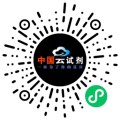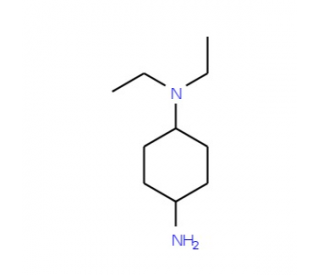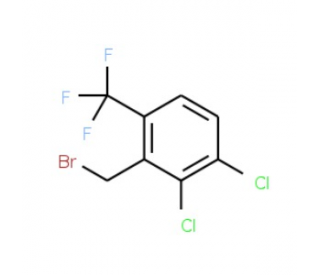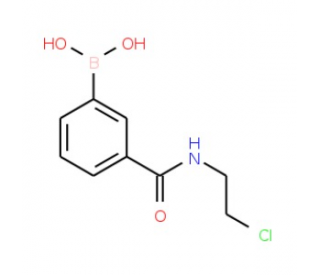詳細(xì)說(shuō)明
Purity
>90%, by SDS-PAGE visualized with Silver Staining and quantitative densitometry by Coomassie? Blue Staining
Endotoxin Level
<0.10 EU per 1 μg of the protein by the LAL method.
Activity
Measured by its ability to induce osteoclast differentiation of RAW 264.7 mouse monocyte/macrophage cells. The ED 50 for this effect is 1.5-7.5 ng/mL in the presence of 2.5 μg/mL of a cross-linking antibody, Mouse Anti-polyHistidine Monoclonal Antibody (Catalog # ).
Source
Mouse myeloma cell line, NS0-derived
MHHHHHHHHHH GGGSGGGSGGGS IEGR Human TRANCE
(Gly64-Asp245)
Accession # AAC51762N-terminus C-terminus Accession #
N-terminal Sequence
AnalysisMet
Predicted Molecular Mass
23 kDa
SDS-PAGE
35 kDa, reducing conditions
Carrier Free
What does CF mean?
CF stands for Carrier Free (CF). We typically add Bovine Serum Albumin (BSA) as a carrier protein to our recombinant proteins. Adding a carrier protein enhances protein stability, increases shelf-life, and allows the recombinant protein to be stored at a more dilute concentration. The carrier free version does not contain BSA.
What formulation is right for me?
In general, we advise purchasing the recombinant protein with BSA for use in cell or tissue culture, or as an ELISA standard. In contrast, the carrier free protein is recommended for applications, in which the presence of BSA could interfere.
390-TN/CF |
| 390-TN |
Formulation Lyophilized from a 0.2 μm filtered solution in MOPS and NaCl. | Formulation Lyophilized from a 0.2 μm filtered solution in MOPS and NaCl with BSA as a carrier protein. | |
Reconstitution Reconstitute at 100 μg/mL in sterile PBS. | Reconstitution Reconstitute at 100 μg/mL in sterile PBS containing at least 0.1% human or bovine serum albumin. | |
Shipping The product is shipped at ambient temperature. Upon receipt, store it immediately at the temperature recommended below. | Shipping The product is shipped at ambient temperature. Upon receipt, store it immediately at the temperature recommended below. | |
Stability & Storage: Use a manual defrost freezer and avoid repeated freeze-thaw cycles.
| Stability & Storage: Use a manual defrost freezer and avoid repeated freeze-thaw cycles.
|
Background: TRANCE/TNFSF11/RANK L
RANK Ligand (receptor activator of NF-kappa B ligand [RANKL], also called TNF-related activation-induced cytokines (TRANCE), osteoprotegerin ligand [OPGL], and osteoclast differentiation factor [ODF]), is a member of the tumor necrosis factor (TNF) family. RANK Ligand was originally identified as an immediate early gene up?regulated by T cell receptor stimulation. The human RANK Ligand cDNA encodes a type II transmembrane protein of 317 amino acids with a predicted cytoplasmic domain of 47 amino acids, a 21 amino acids transmembrane region, and an extracellular domain of 249 amino acids. The extracellular domain contains two potential N?linked glycosylation sites. Mouse and human RANK Ligand share 85% amino acid identity. RANK Ligand is primarily expressed in T cells and T cell rich organs, such as thymus and lymph nodes. The multi-functions of RANK Ligand include induction of activation of the c-jun N?terminal kinase, enhancement of T cell growth and dendritic cell function, induction of osteoclastogenesis, and lymph node organogenesis. RANK is the cell surface signaling receptor of RANK Ligand. RANK has been shown to undergo receptor clustering during signal transduction. Osteoprotegerin, a soluble member of the TNF receptor family which binds RANK Ligand, is a naturally occurring decoy receptor that counterbalances the effects of RANK Ligand.
References:
Wong, B.R. et al. (1997) J. Biol. Chem. 272:25190.
Anderson, D.M. et al. (1997) Nature 390:175.
Nakagawa, N. et al. (1998) Biochem. Biophys. Res. Commun. 245:382.
Kong, Y-Y. et al. (1999) Nature 397:315.
Long Name:
TNF-related Activation-induced Cytokine
Entrez Gene IDs:
8600 (Human); 21943 (Mouse); 117516 (Rat)
Alternate Names:
CD254 antigen; CD254; ODF; OPGL; OPGLOPTB2; Osteoclast differentiation factor; Osteoprotegerin ligand; RANK L; RANKL; RANKLreceptor activator of nuclear factor kappa B ligand; Receptor activator of nuclear factor kappa-B ligand; sOdf; TNF-related activation-induced cytokine; TNFSF11; TRANCE; TRANCEODFhRANKL2; tumor necrosis factor (ligand) superfamily, member 11; tumor necrosis factor ligand superfamily member 11










 粵公網(wǎng)安備44196802000105號(hào)
粵公網(wǎng)安備44196802000105號(hào)